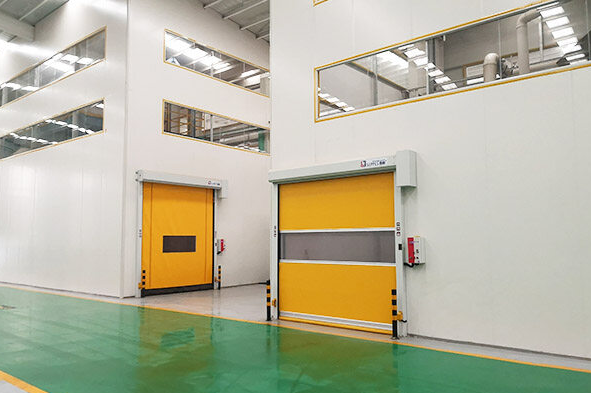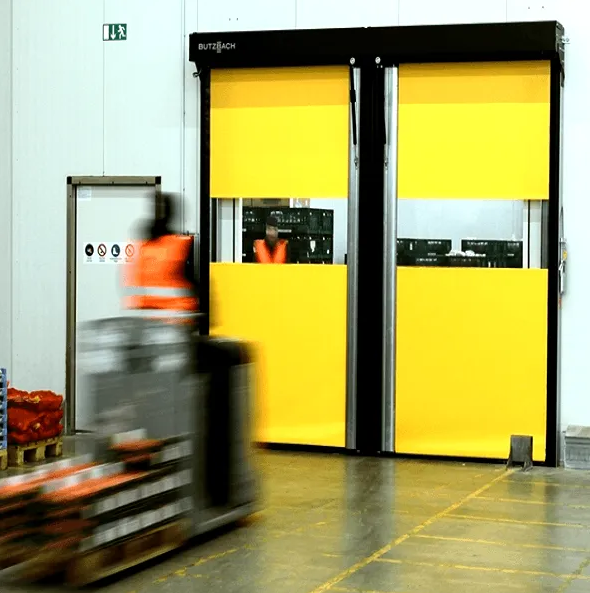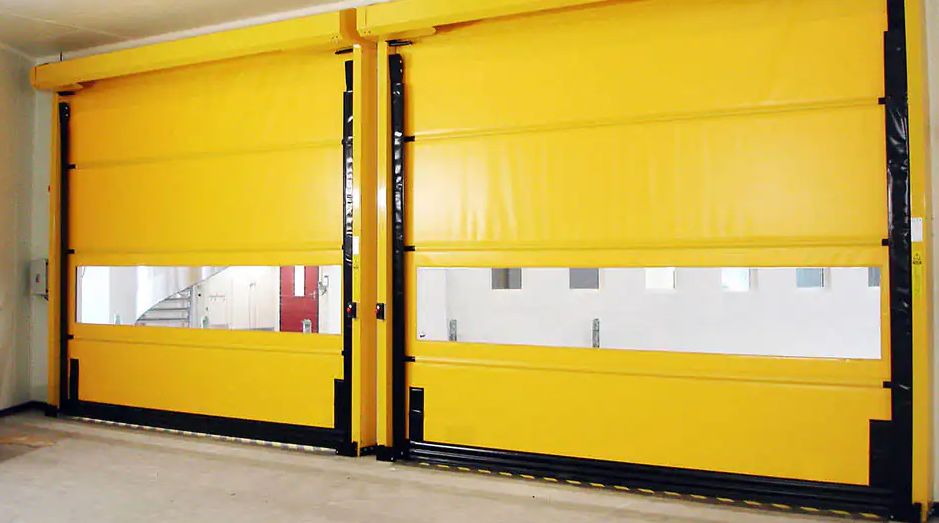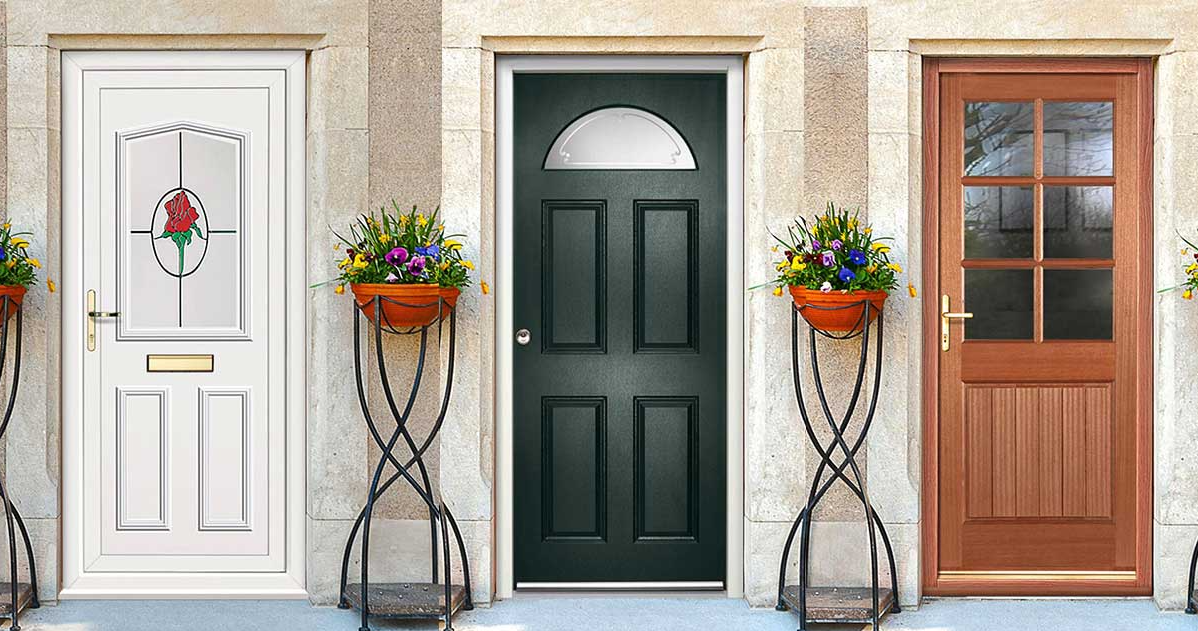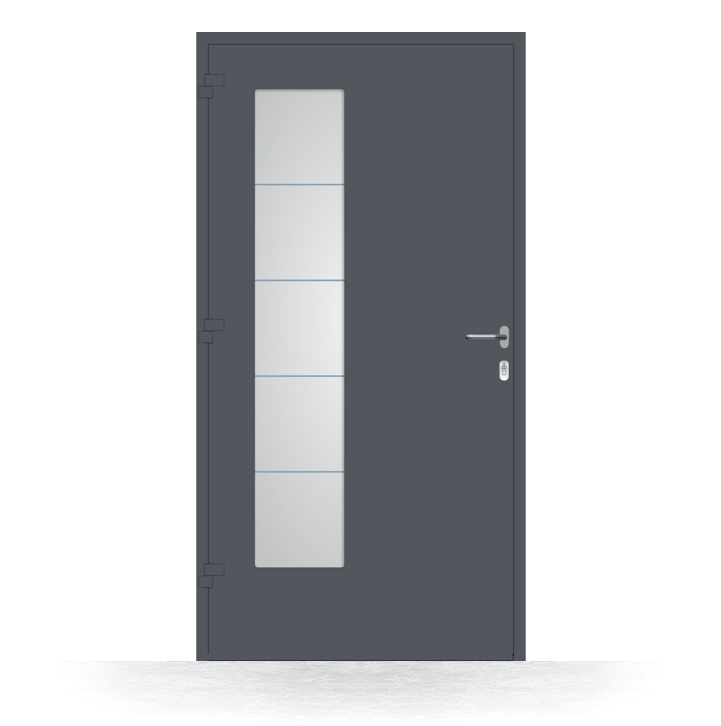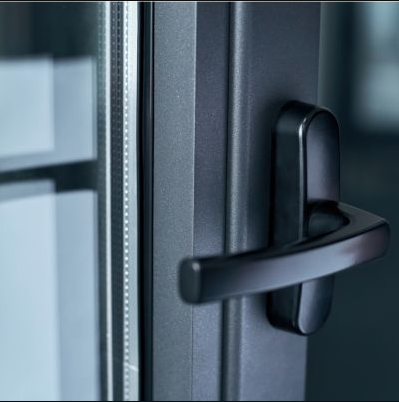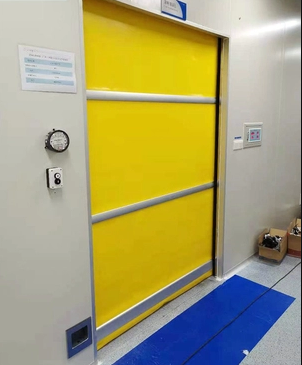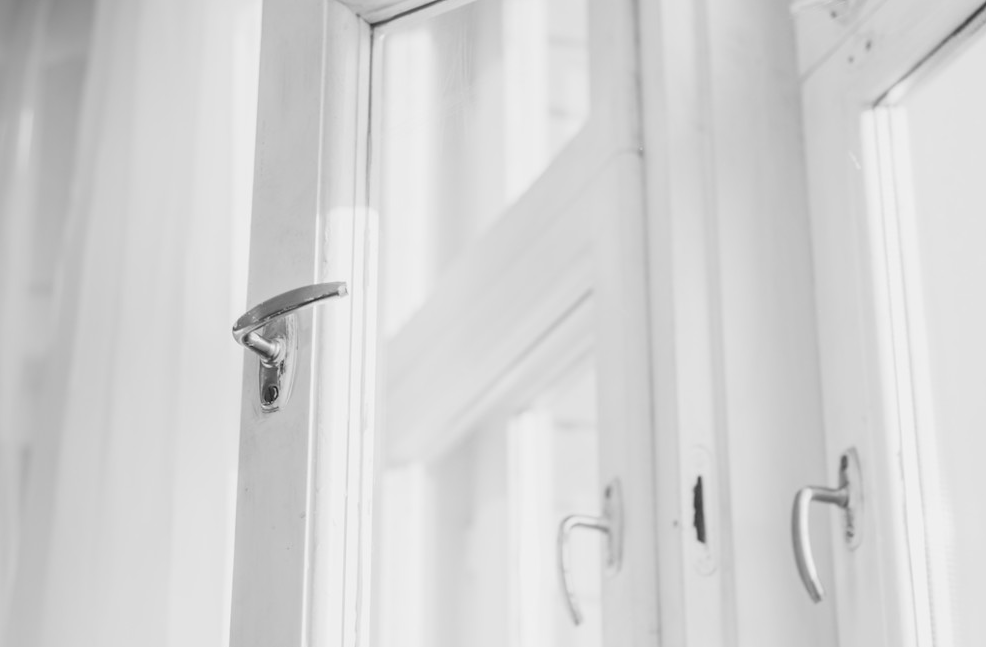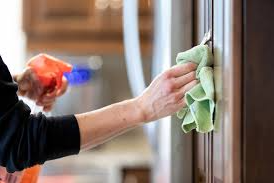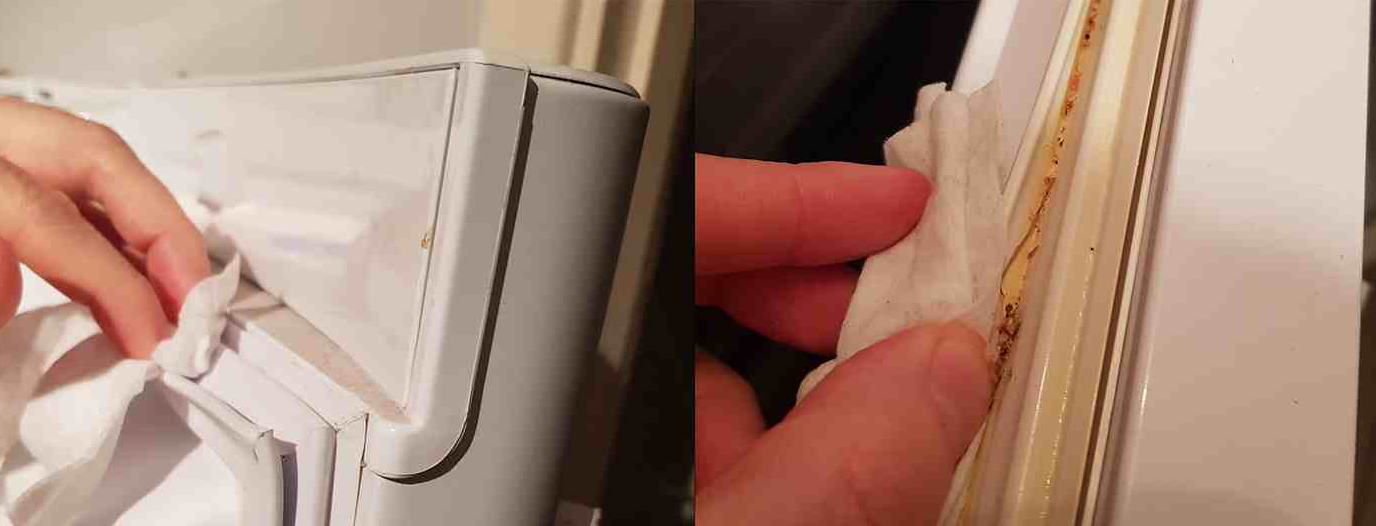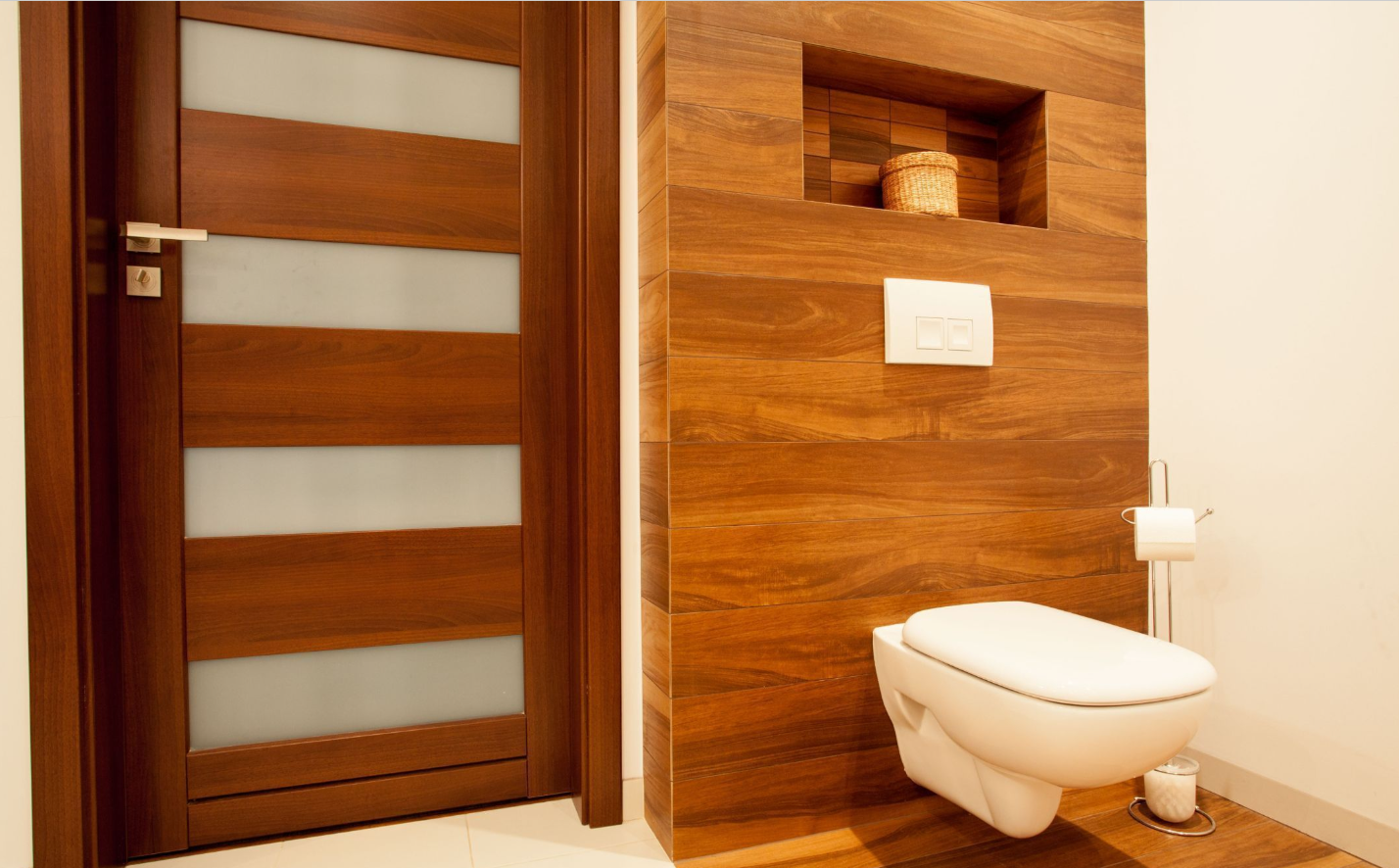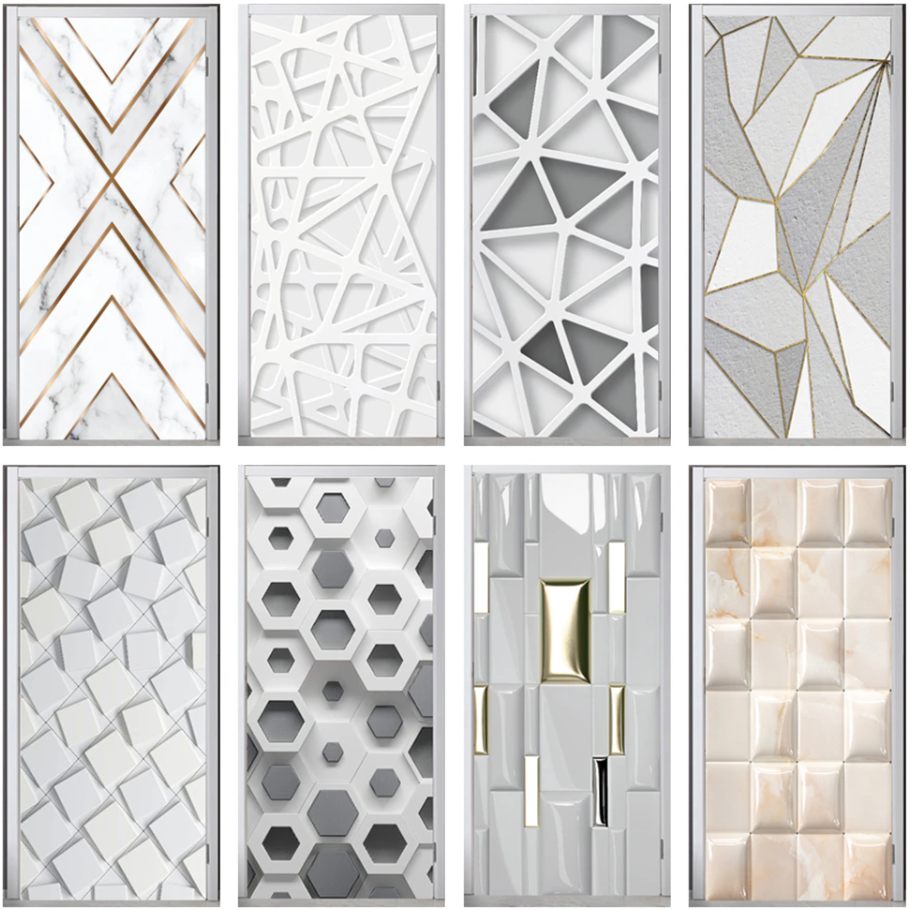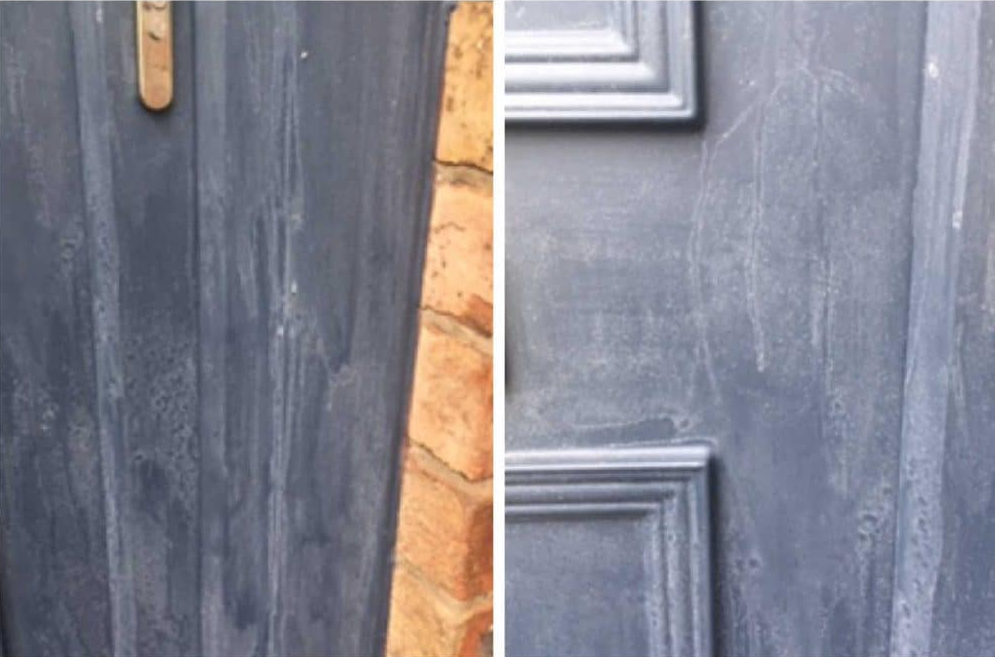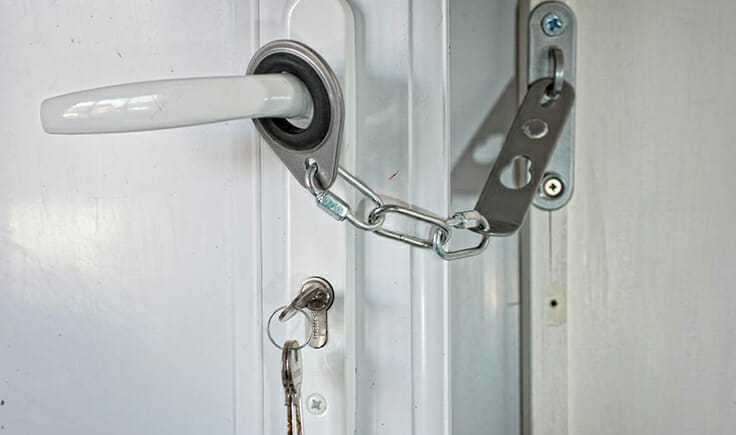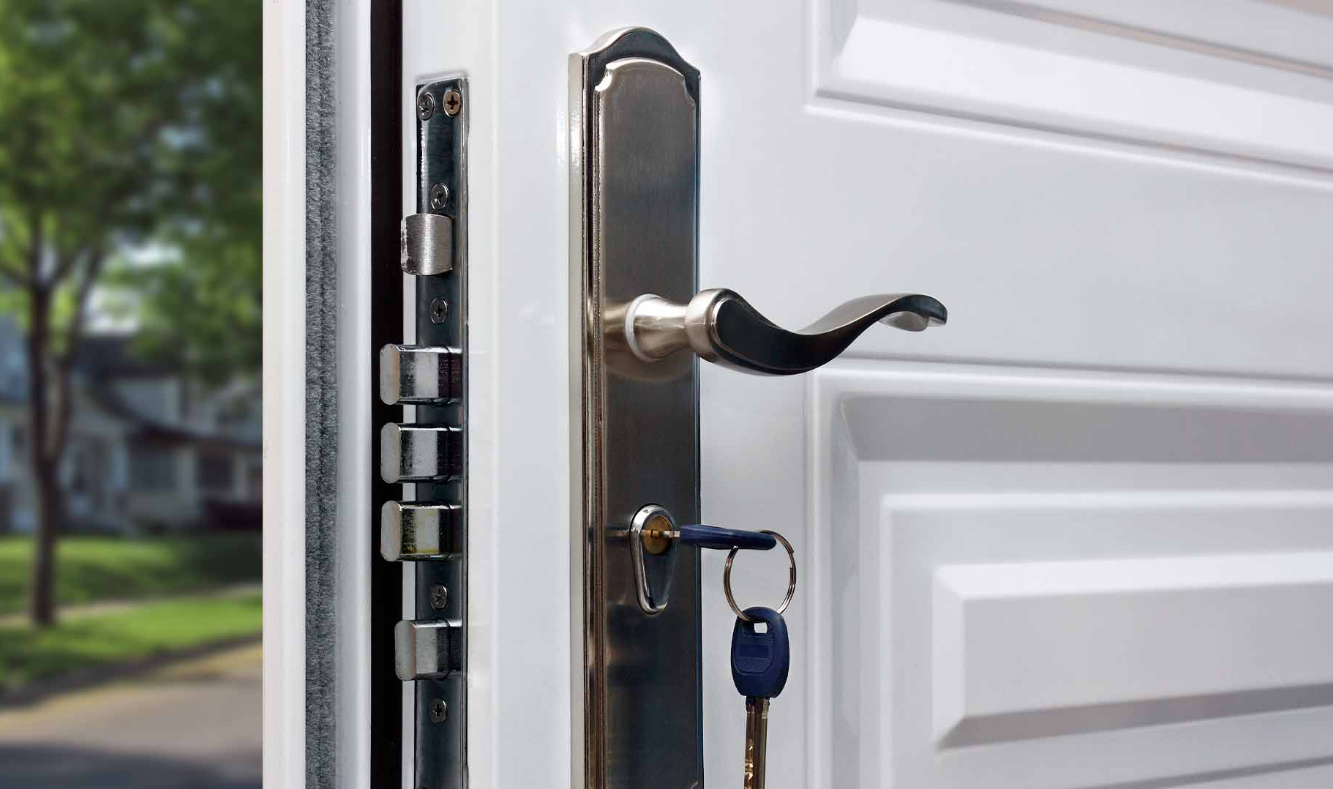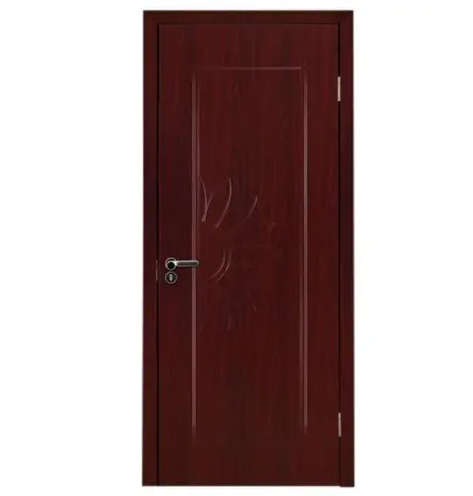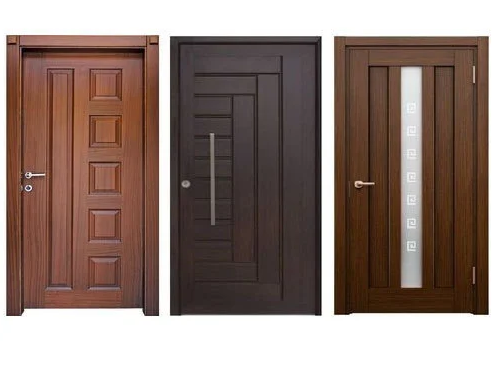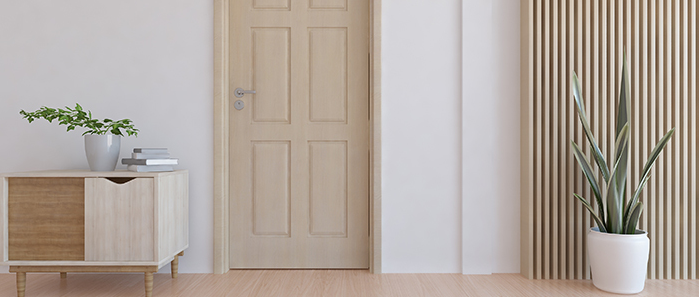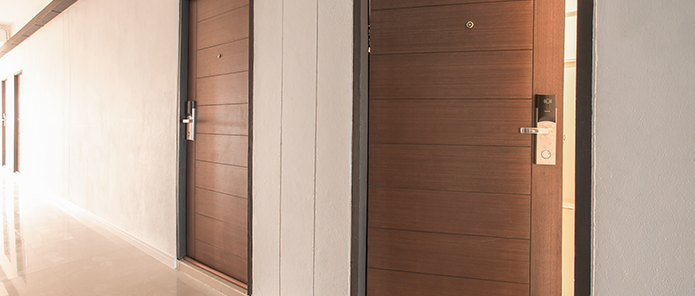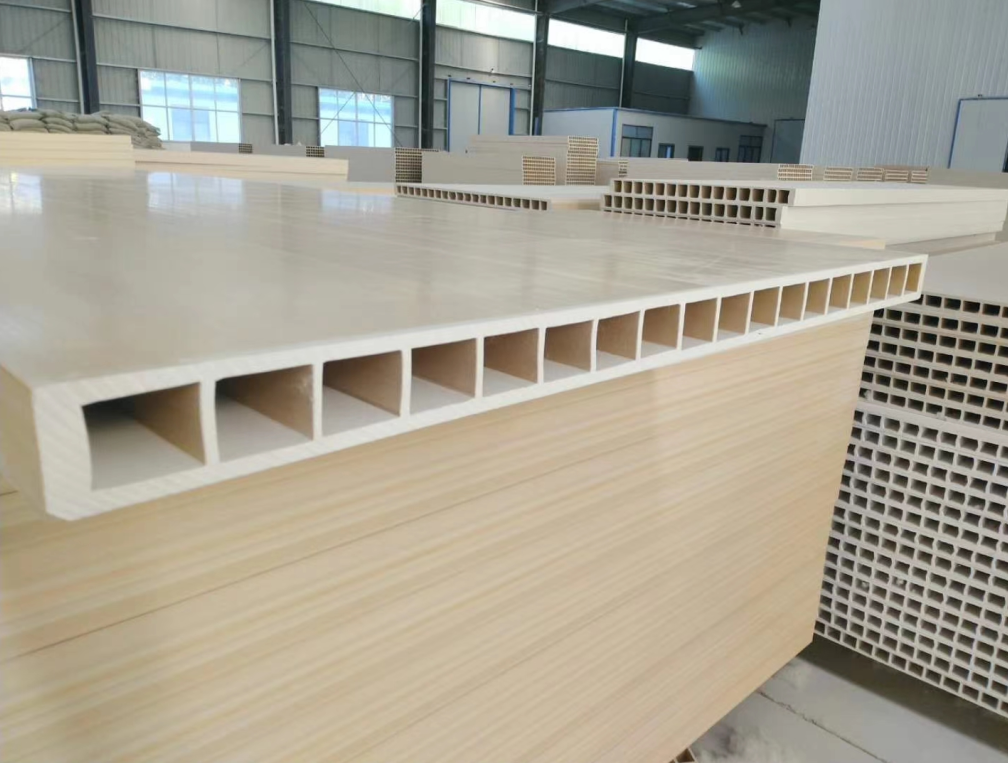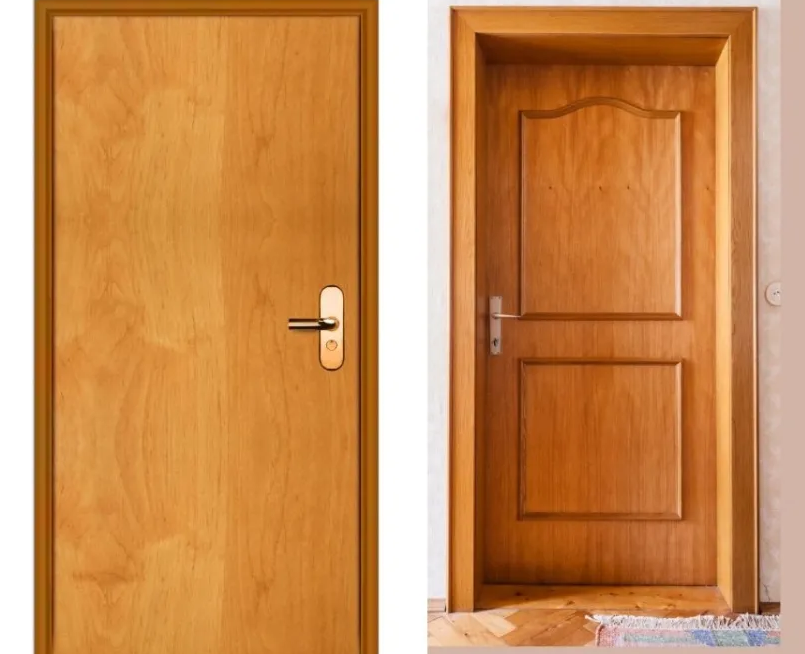What are the four types of moving door sensors?
The four types of moving door sensors are Infrared Sensors, Ultrasonic Sensors, Magnetic Reed Switches, and Microwave Sensors.
Infrared Sensors
How Infrared Sensors Work
Infrared sensors operate by emitting infrared radiation from a light-emitting diode (LED). The emitted radiation bounces off an object, and a detector on the sensor captures the reflected radiation. Based on the time it takes for the radiation to return and the intensity of the reflection, the sensor can determine the presence and sometimes the distance of an object. In the context of door sensors, infrared sensors detect whether a door is open or closed by sensing the interruption in a continuous infrared beam.
To help you understand the technology better, you can read about Infrared Radiation on Wikipedia.

Advantages and Disadvantages
Advantages:
- High Sensitivity: Infrared sensors are extremely sensitive, capable of detecting even slight movements. This is particularly useful for security applications where the door might be manipulated slowly to avoid detection.
- Low Cost: Compared to other types of sensors like ultrasonic or microwave sensors, infrared sensors are generally cheaper.
- Ease of Installation: Installing an infrared sensor is straightforward, often requiring just a power source and a simple mounting mechanism.
If cost is a concern for you, Wikipedia’s article on the Economics of Security may offer some insights.
Disadvantages:
- Limited Range: The effective range of most infrared sensors is relatively short, which might be insufficient for larger doorways or gates.
- Environmental Interference: Sunlight, fog, or even dust can interfere with the sensor’s operation, causing false alarms or failure to detect movement.
- Power Consumption: Although minimal, they still require a continuous power supply, which could be a limitation in some setups.
Ultrasonic Sensors
Principle of Operation
Ultrasonic sensors work by emitting ultrasonic sound waves at frequencies above the range of human hearing. A transmitter sends out these sound waves, which then bounce off an object. The sensor’s receiver picks up the reflected sound waves. By measuring the time interval between sending the wave and receiving its echo, the sensor can calculate the distance to the object. This technology is particularly effective for door sensors because it can accurately detect whether a door is open, closed, or in a transitional state.
For more on how sound waves operate, you can check out the Wikipedia page on Acoustics.
Benefits and Limitations
Benefits:
- High Accuracy: Ultrasonic sensors offer a high degree of accuracy when it comes to distance measurement, often down to the millimeter level.
- Versatility: They can work effectively in various conditions, such as darkness or light, indoors or outdoors.
- Non-Contact Sensing: Ultrasonic sensors do not need to touch the object they are sensing, making them ideal for applications where contact could be detrimental.
For additional insights on accuracy in sensor technology, the Wikipedia article on Measurement Uncertainty could be useful.
Limitations:
- Cost: Ultrasonic sensors tend to be more expensive than their infrared counterparts.
- Complex Setup: Although they offer more features, these sensors also require more advanced configuration.
- Environmental Factors: Ultrasonic sensors can be susceptible to temperature changes or airflow, which might skew the measurements.
Magnetic Reed Switches
Basics of Magnetic Sensing
Magnetic Reed Switches work on the principle of magnetic sensing. These switches contain a pair of ferrous metal contacts in a sealed glass envelope. When a magnetic field comes near the contacts, they touch each other, closing the circuit. In the context of door sensors, one piece of the switch attaches to the door frame and the other to the door itself. When the door opens, the magnet moves away, causing the circuit to break, which then triggers an alert.
To understand more about how magnets work, you may find the Wikipedia article on Magnetism enlightening.
Pros and Cons
Pros:
- Reliability: These switches are incredibly reliable and can last for many years without needing a replacement.
- Low Power Requirement: Magnetic Reed Switches require minimal power, making them excellent for battery-powered setups.
- Simple Design: Due to their straightforward mechanism, these switches are easy to install and maintain.
For a deeper understanding of reliability in electronic components, you may read the Wikipedia article on Reliability Engineering.
Cons:
- Limited Functionality: These switches can only determine if a door is open or closed, without providing data on how wide it is open.
- Susceptibility to Tampering: Without the proper setup, these switches are prone to tampering as magnets can easily manipulate them.
- Bulkiness: In some designs, the magnet and the switch can be relatively bulky, which may not be aesthetically pleasing or practical for all door types.
To explore issues of security tampering further, the Wikipedia article on Security Engineering may provide some valuable insights.
Microwave Sensors
Understanding Microwave Sensing
Microwave sensors operate by emitting microwave radiation, typically in the form of pulses. These pulses bounce off an object and return to the sensor. By measuring the time it takes for the pulse to go out and come back, the sensor can determine the distance to the object. This makes microwave sensors highly effective for door monitoring as they can accurately gauge whether a door is open, closed, or partially open.
For a deeper dive into microwave technology, the Wikipedia article on Microwave might be of interest.
Strengths and Weaknesses
Strengths:
- High Accuracy: Similar to ultrasonic sensors, microwave sensors offer excellent accuracy, often down to the centimeter.
- Long-Range Capabilities: These sensors can cover larger distances, making them ideal for monitoring expansive doorways or gates.
- Less Environmental Interference: Unlike infrared or ultrasonic sensors, microwaves can penetrate through obstacles like smoke, making them more reliable in a wider range of conditions.
You can learn more about sensor accuracy from Wikipedia’s article on Measurement Accuracy.
Weaknesses:
- Higher Cost: These sensors are generally more expensive than both infrared and magnetic reed switches.
- Complex Setup: The installation and calibration of microwave sensors can be complicated and might require professional assistance.
- Power Consumption: Microwave sensors consume more power compared to other types, so they may not be ideal for battery-operated systems.
Comparison and Analysis
Suitability for Different Environments
When it comes to the suitability for different environments, each type of sensor has its own set of advantages and drawbacks. For example, infrared sensors struggle in outdoor settings due to sunlight interference but perform exceptionally well indoors. On the other hand, microwave sensors can penetrate through environmental factors like fog or smoke, making them more versatile for both indoor and outdoor applications. Ultrasonic sensors generally perform well in controlled environments but can be affected by temperature fluctuations. Magnetic Reed Switches are less affected by environmental factors but offer limited functionality.
For more on how environmental conditions affect technology, you can read the Wikipedia article on Environmental Technology.
Cost Implications
The costs associated with each type of sensor can vary significantly. Magnetic Reed Switches are often the most cost-effective but offer the least features. Infrared sensors fall in the middle range in terms of both cost and capabilities. Ultrasonic and microwave sensors tend to be the most expensive but offer the highest levels of accuracy and features. Therefore, your budget may play a significant role in determining which sensor is best for your needs.
For additional insights on how cost can affect your decision-making, Wikipedia’s article on Cost-Benefit Analysis might be enlightening.

Sensitivity and Accuracy
Sensitivity and accuracy are other crucial factors to consider. Infrared and Magnetic Reed Switches are generally less accurate compared to Ultrasonic and Microwave sensors. While they can effectively detect whether a door is open or closed, they can’t provide data on how wide it is open. On the flip side, Ultrasonic and Microwave sensors can offer distance measurements with high levels of accuracy, sometimes down to the millimeter or centimeter level.
For more on the topic of measurement sensitivity and accuracy, you might find the Wikipedia article on Measurement useful.


